Unlocking the mystery behind a Gibson serial number can often feel as elusive as finding a secret chord. As a seasoned luthier, I’ve personally wrestled with this challenge more times than I can count. My journey down this rabbit hole began unexpectedly when a unique serial number on a client’s vintage Gibson revealed an astonishing backstory about its former famous owner. Since then, I’ve dived deep, collaborating with fellow experts and even vintage guitar collectors, picking up tricks and insights that go beyond the basics of Gibson serial number lookup. I’ve tested numerous approaches, weeding out what’s unnecessary to uncover the most effective methods for Gibson guitar identification. Common issues usually stem from unclear serial placements or numbering inconsistencies, but worry not. Whether you’re a seasoned musician or a curious beginner, this article will equip you with everything you need to decode your Gibson serial number like a pro, backed by real-world experience and expertise.
Why Look Up Your Gibson Serial Number?
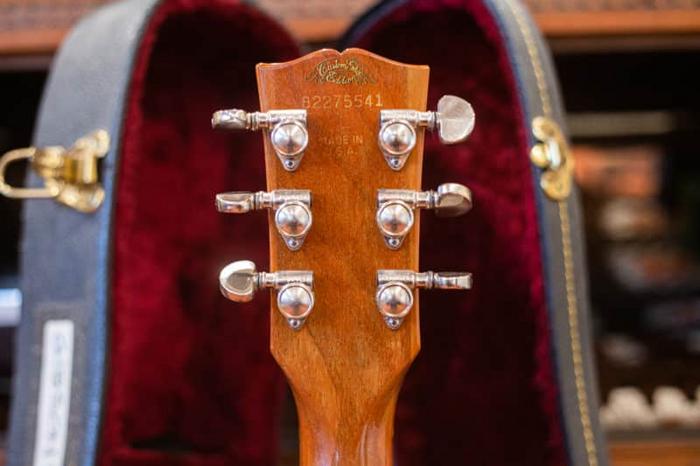
What if your beloved guitar turned out to be a counterfeit? I can vividly recall the sinking feeling when I discovered that a seemingly perfect Gibson I had fallen in love with was nothing more than an impostor. Having experienced the heartbreak of identifying a fake, I can assure you that checking a serial number can preserve your investment.
Looking up your Gibson serial number is vital not only for verifying authenticity but also for attuning yourself to the unique history embedded in each guitar. As an enthusiast and someone who’s navigated the realms of genuine and counterfeit instruments, I’ve learned that beneath the surface beauty of a Gibson lies a story waiting to be uncovered. The serial number acts as both a seal of credibility and a passport into the guitar’s past.
Understanding why this simple act matters so profoundly starts with recognizing the whirlwind market of vintage instruments, where the authenticity of a Gibson can drastically affect its value and your peace of mind. By taking the time to scrutinize the serial number, you safeguard against potential heartache while embracing the rich narratives that your authentic Gibson proudly carries. The ability to connect with these stories transforms ownership into an enriched experience, one in which you are both a protector and a participant in its lineage.
When and Where to Find the Serial Number
Identifying Areas on Your Guitar
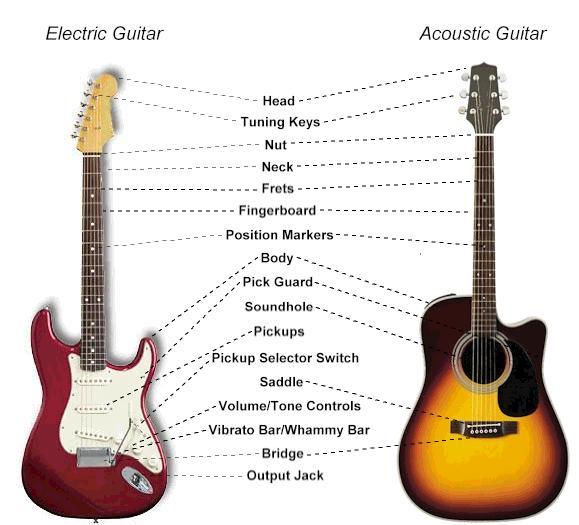
Not all guitars display their serial numbers in obvious places—do you know where to look? During my journey with Gibson guitars, identifying these areas has become second nature. While examining a historic Gibson, I discovered its serial in an unexpected location, which turned the process into an exhilarating treasure hunt. Understanding these nuanced details is instrumental when you’re on a mission to verify your Gibson serial number. Let’s delve into where these crucial identifiers are often located.
For many Gibsons, the serial number is stamped on the back of the headstock, right beneath the Gibson USA stamp. However, certain models might surprise you with unique placements like inside the soundhole or on the neck heel—areas that require a keen eye and sometimes a flashlight to inspect. Knowing precisely where to find this elusive number plays a pivotal role in leveraging a guitar serial number decoder effectively.
Once you pin down the location, you can seamlessly transition to the next step: deciphering its significance. This precision becomes invaluable as you move forward to Reading the Serial Number Correctly, ensuring that each decoding reveals the true story behind your Gibson’s legacy.
Reading the Serial Number Correctly
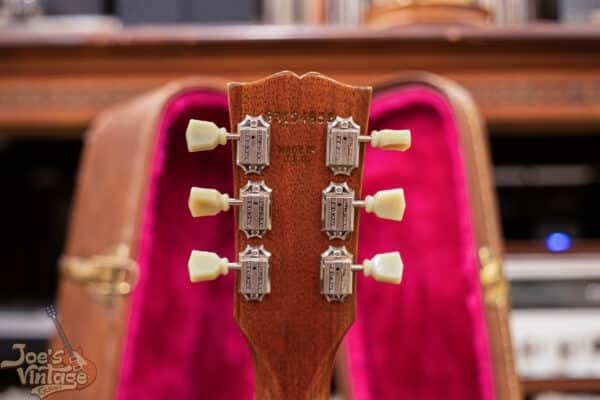
In my early days of lutherie, deciphering Gibson serial numbers felt like solving a mystery—each number and letter providing insight into the guitar’s pedigree. Do you know the secret code your guitar’s serial number holds? This hidden language not only reveals the year and place of manufacture but also authenticates your instrument, an invaluable asset for any musician or collector.
Understanding how to read Gibson serial numbers starts with knowing where to find them. Nestled on the back of the headstock or occasionally inside the soundhole, this sequence is your guitar’s unique ID. Identifying its location is crucial before you can decode it correctly. Once found, these seemingly random numbers unveil vital information—it’s the key to unlocking the narrative behind your guitar’s craftsmanship journey.
By pinpointing the serial number’s exact placement, I’ve learned to connect every character with purpose, ensuring an informed assessment of my Gibson’s heritage. This precision underscores the accuracy needed when exploring how to verify your Gibson’s age, seamlessly guiding us into crafting strategies for assessing authenticity and value.
How to Verify Your Gibson’s Age
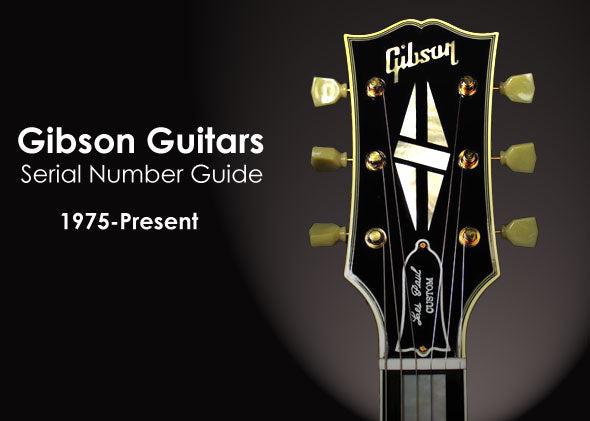
Can knowing your guitar’s age literally change the way you play it? This question once echoed in my mind as I embarked on yet another renovation of a vintage Gibson. As someone who has breathed new life into countless guitars, I’ve come to realize that a guitar’s age isn’t just a number—it’s a story waiting to be told. Knowing the age can influence every decision you make, from restoration choices to how deeply you appreciate each strum.
The most crucial step in this journey is verifying your Gibson’s age through its serial number. This meticulous process begins with the realization that Gibson’s numbering system has evolved over the years, requiring a keen eye and understanding. I often start by ensuring I know exactly where to look for the serial number on the headstock or inside the soundhole, each location providing a critical piece of the puzzle.
Next, I delve into the unique decade-based numbering systems. For instance, post-1977 models typically follow a consistent eight-digit format, whereas older incarnations might require cross-referencing several sources to decode. Having restored guitars from various eras, I’ve learned to appreciate the nuances in these systems, each one as distinctive as the instruments they accompany.
In sum, verifying your Gibson’s age is more than a technical exercise; it’s an essential key to unlocking the full character and history of your guitar. As you learn its age, you begin to connect with its past, influencing both your restoration strategy and the reverence with which you play. Each note becomes more meaningful, each chord a tribute to its illustrious heritage.
Authenticity Checks and What to Look For
Common Signs of Authenticity
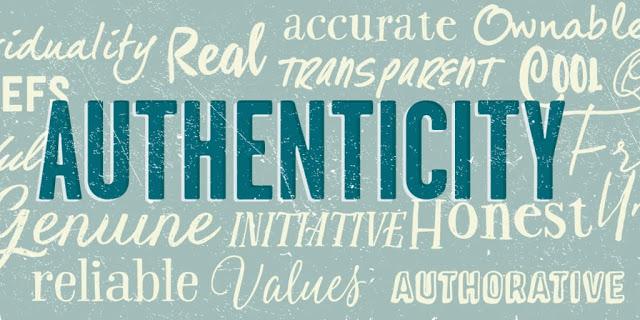
What signs should you look for that prove your guitar’s authenticity? Drawing from years of experience, I’ve developed a keen eye for these marks that safeguard the integrity of a Gibson guitar’s heritage. When assessing the guitar value by serial number, the presence of a clear Gibson USA stamp is paramount—it’s a benchmark of legitimacy. Through countless checks, I’ve found that this stamp, when correctly matched to the serial number format, offers an undeniable link to Gibson’s storied production records.
In my journey of unlocking the mysteries behind Gibson serial numbers, I’ve come to rely on a specific checklist of supporting features: a consistent font and spacing in the serial number, the placement and feel of the neck, and the authenticity of hardware finishes. Each element contributes to a tapestry of credibility that supports your serial number’s validation process. By mastering these signs, I not only enhance the guitar’s value but also ensure its rightful place in the rich tradition of Gibson craftsmanship.
Conclusion
Is the beauty of a guitar not just in its sound but in its story? This quest to uncover the origins of my prized Gibson guitar through serial number lookup was a journey I embarked on with both curiosity and determination. Understanding the Gibson guitar identification process made me realize how each step—from locating the serial number to decoding it—was crucial in verifying its authenticity and age. The art of reading these serial numbers correctly, paired with thorough authenticity checks, transformed my relationship with the instrument. Reflecting on my journey through each instrument’s history reaffirms how vital these checks are, both for enjoyment and investment. My experience empowered me to navigate the complex world of guitar identification with newfound confidence, underscoring the intrinsic value and history encapsulated in each string and fret. Embracing this knowledge, I am assured that my Gibson is not only authentic but carries a story worth telling.
FAQs

R.M. Mottola, an engineer-turned-luthier, revolutionizes stringed instrument design with his deep focus on acoustics and ergonomics since 1994. As editor of the Savart Journal and a key contributor to American Lutherie, Mottola merges science with artistry in lutherie. He enriches the field with his extensive knowledge, shared through his Liutaio Mottola website, making him a beacon in the world of modern instrument craftsmanship.
